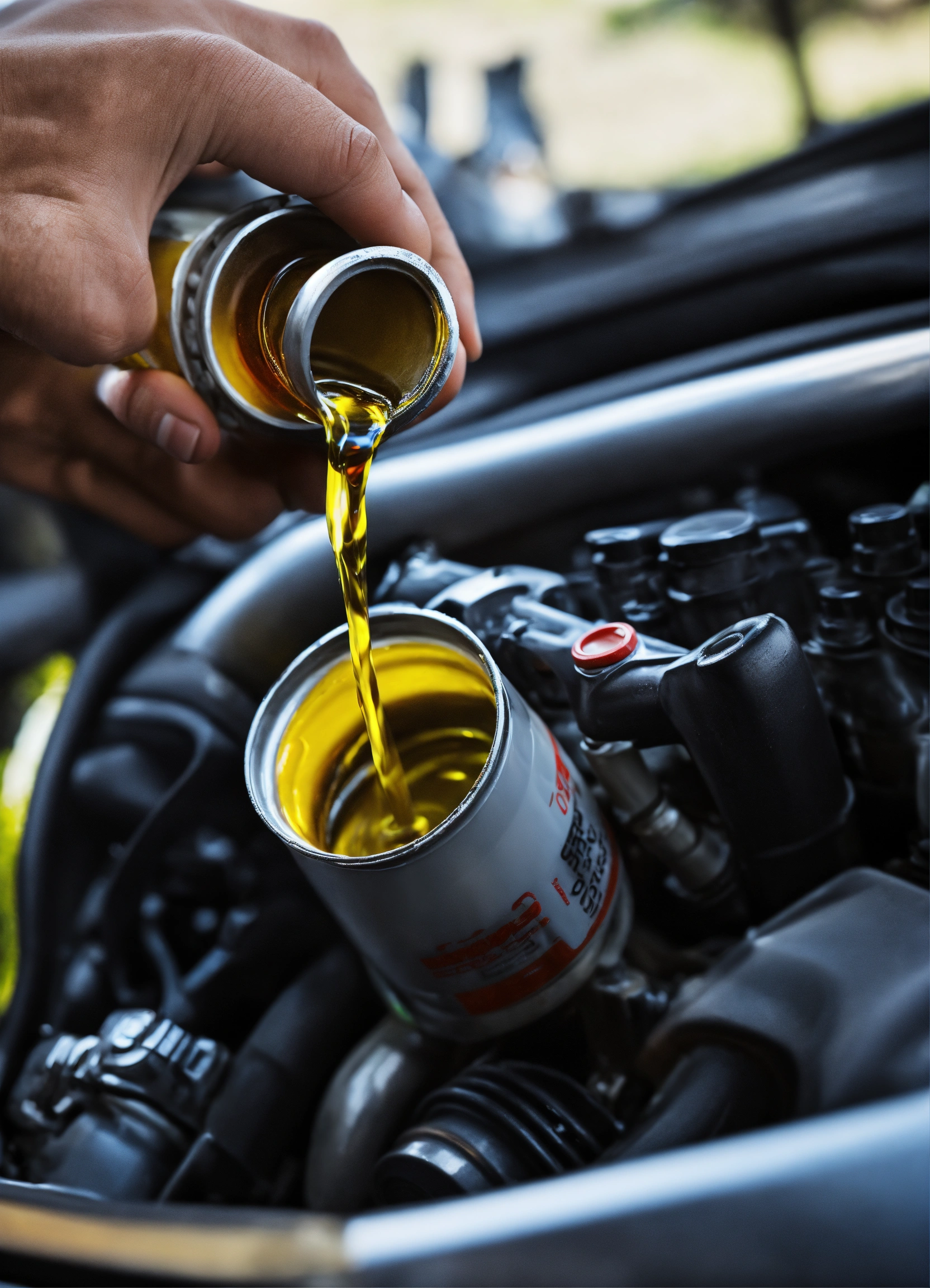Find out when to change the timing belt and check out essential maintenance tips to avoid problems and ensure the engine’s durability.
The timing belt is practically the silent hero of your car’s engine, as it keeps everything in sync while you drive.
However, like any part of a vehicle, it does not last forever.
Knowing when to replace your timing belt can save you from getting stuck and facing costly repairs.
In this text, we will uncover together the signs and science behind replacing this crucial component.
Why is the timing belt so important?
The timing belt has the vital function of synchronizing the engine’s rotation, ensuring that the combustion process occurs efficiently. It connects the crankshaft to the valve train, controlling the opening and closing of the intake and exhaust valves in perfect coordination with the pistons.
A failure in this component can lead to a mechanical disaster, with valves and pistons colliding and causing catastrophic damage to the engine.
Identifying the right time to exchange
There is no single ideal timing for all vehicles, but some symptoms of a bad timing belt:
- Mileage: Most manufacturers suggest replacing the timing belt between 60,000 and 100,000 kilometers, but check your vehicle’s manual for exact specifications.
- Time: If your car is more than five years old, it may be time to replace the timing belt, even if the recommended mileage has not been reached. Aging of the material can impair its performance and integrity.
- Visual inspection: Look for signs of wear such as cracks, fraying or drying out. The presence of these indicators is a warning that the belt may be approaching its limit.
Tips for Preventive Maintenance
- Perform regular checks: Including the timing belt in your regular inspections can help identify problems before they become serious.
- Don’t ignore the symptoms: If you hear a whining noise coming from the engine or notice that your car isn’t performing as it should, take it in for a checkup. These could be signs that your timing belt is worn out.
- Choose quality parts: using a good quality belt can increase the durability and efficiency of the engine. Always choose parts recommended by the vehicle manufacturer.
Main problems that can affect the timing belt
The timing belt is susceptible to a series of problems that can seriously compromise the engine’s operation.
One of the main problems is natural wear and tear, which can lead to the belt breaking. When the timing belt breaks, the engine can suffer serious damage, such as collision between pistons and valves, resulting in extremely expensive repairs.
Additionally, the belt may show cracks, fraying or loss of tension, all indications that it is nearing the end of its useful life.
Another common problem is contamination from oil or other engine fluids, which can damage the belt and reduce its effectiveness.
Conclusion
Engine belt maintenance is not just a matter of car care, but a necessity to ensure the safety and efficiency of the vehicle.
Keeping an eye out for signs of wear and tear and following replacement recommendations are the best ways to ensure your car stays in top working order.
Remember, a little attention can save you a lot of trouble and expense in the future.









